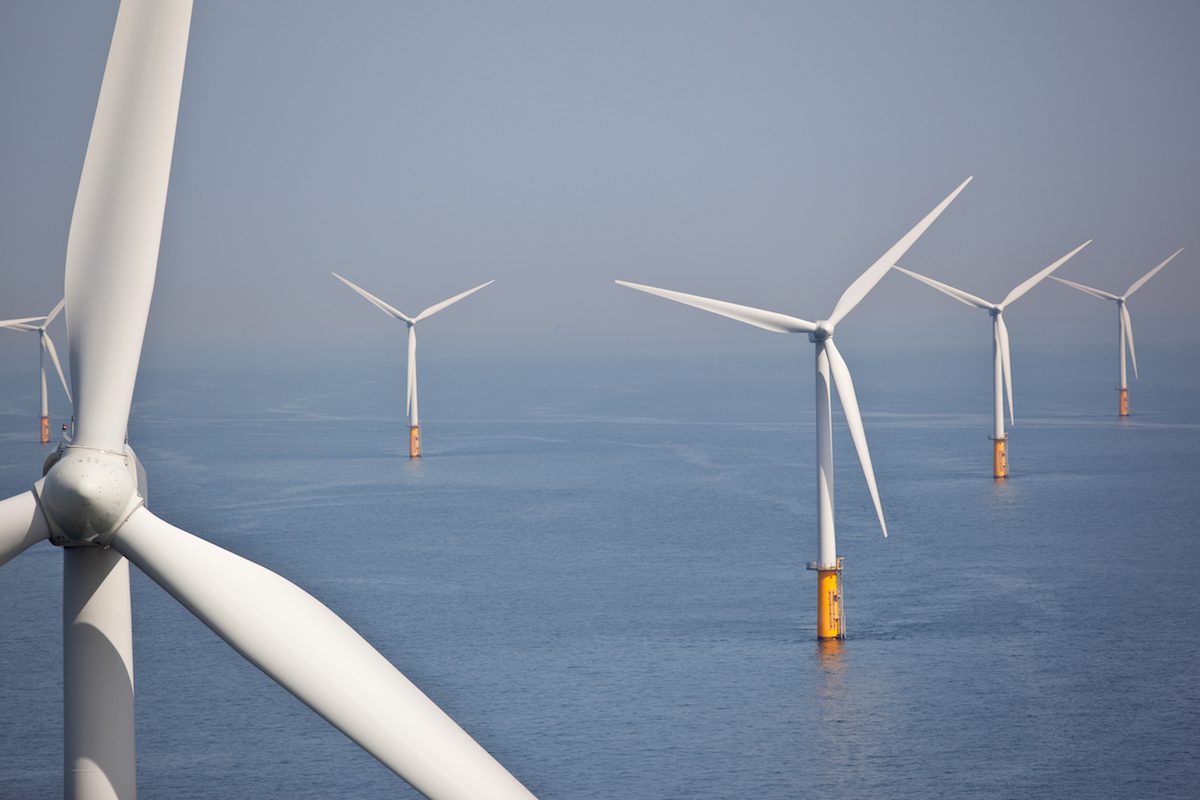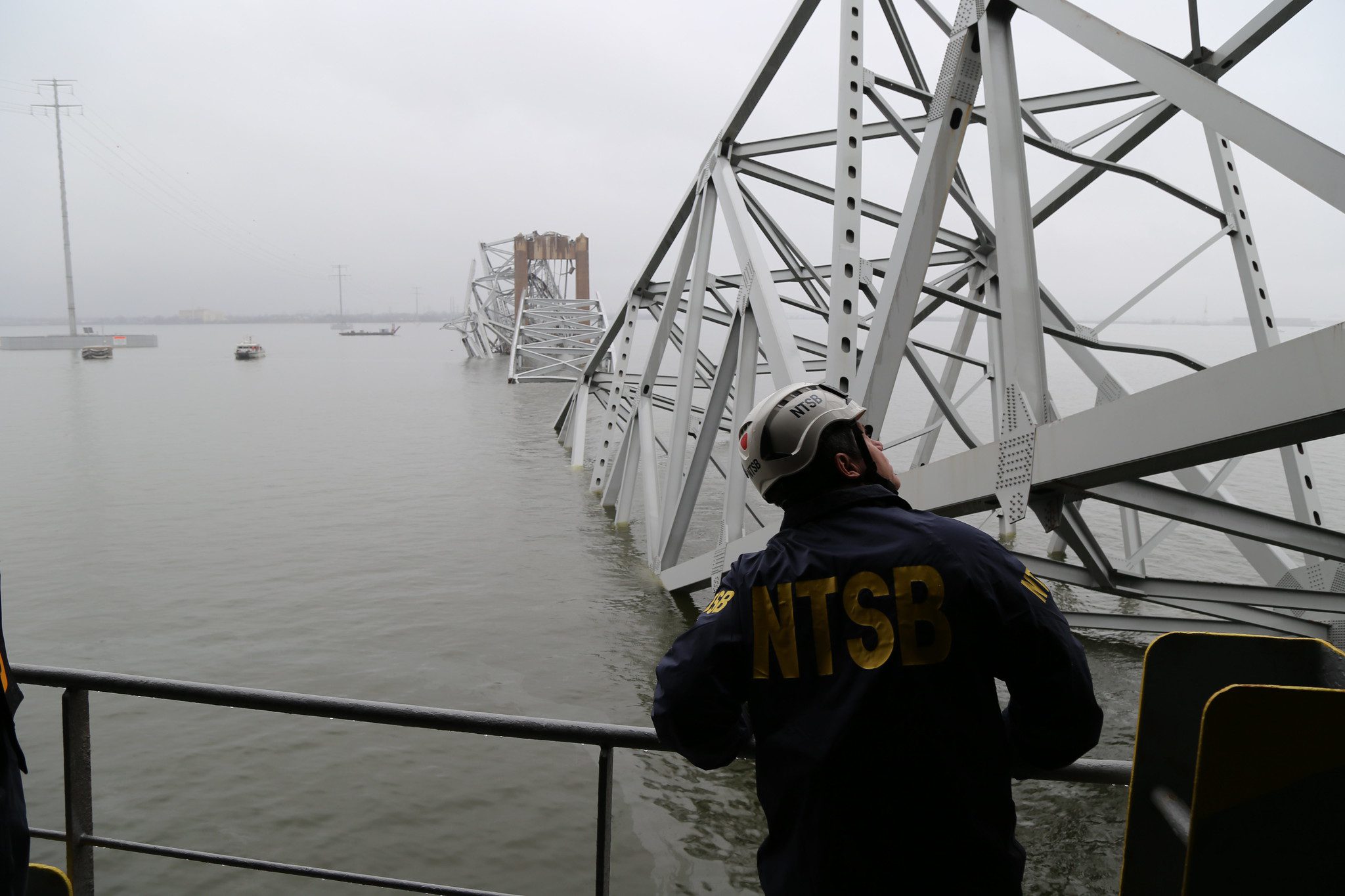Photo: Shutterstock
By Brian Eckhouse and Joe Ryan (Bloomberg) — Cape Wind, the offshore wind project off the coast of Massachusetts that drew the ire of the Kennedy and Koch families, is officially dead.
Energy Management Inc. has ceased efforts to build what was once expected to become the first offshore wind farm in the U.S., according to an emailed statement from Chief Executive Officer Jim Gordon. The project’s Boston-based developer has already notified the U.S. Bureau of Ocean Energy Management that it has terminated the offshore wind development lease it received in 2010.
Cape Wind suffered a slow death. Efforts to develop the 468-megawatt offshore farm, proposed to supply power to Cape Cod and the islands of Martha’s Vineyard and Nantucket, began in 2001 but came up against relentless opposition from a mix of strange bedfellows including the Kennedy family and billionaire industrialist William Koch. While Energy Management won several court battles, the project couldn’t survive the 2015 cancellation of contracts to sell its power to local utilities.
“Jim Gordon really was a visionary,” Amy Grace, a New York-based analyst for Bloomberg New Energy Finance, said in an interview Friday. “He brought the project to the goal-post. He just faced a very vicious and very well-funded lobbying organization to protect Nantucket Sound.”
Insurmountable Opposition
Cape Wind, which called for as many as 130 turbines in Nantucket Sound, once appeared to be on the vanguard of clean energy in the U.S. The project had a federal lease to develop an area 5 miles (8 kilometers) off Cape Cod. Spread over 25 square miles known as Horseshoe Shoal, it could have generated enough electricity to power 200,000 homes, according to the U.S. Energy Department.
The $2.6 billion project also had backing from powerful players. Cape Wind had a conditional $150 million loan guarantee from the Energy Department. Mitsubishi UFJ Financial Group, Rabobank Group and Natixis SA agreed to lead a $400 million debt package. And Siemens AG was considering a $100 million equity investment.
In the end, however, opposition proved insurmountable. While environmental groups argued that it would reduce the region’s reliance on fossil fuel, critics — including owners of local shore-front estates — countered it would spoil views from Cape Cod and disrupt fishing areas.
Lawsuits piled up, delaying the project. Cape Wind missed a series of contractual milestones, prompting National Grid Plc and Northeast Utilities’ NSTAR unit to cancel power-purchase agreements in early 2015. At the time, analysts declared the project all but dead.
In the meantime, the offshore wind industry slowly began to take off in the U.S. Deepwater Wind LLC completed the first project in 2016, a 30-megawatt wind farm south of Block Island in Rhode Island waters. Norway’s Statoil ASA is planning one in New York, off the Long Island coast, and developers have proposed several other projects up and down the East Coast.
Several of the developers have said they learned a key lesson from Cape Wind: don’t try to build within site of shore.
© 2017 Bloomberg L.P
Unlock Exclusive Insights Today!
Join the gCaptain Club for curated content, insider opinions, and vibrant community discussions.

 Join The Club
Join The Club













